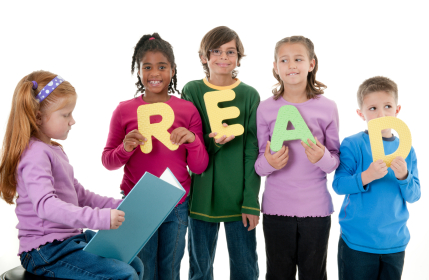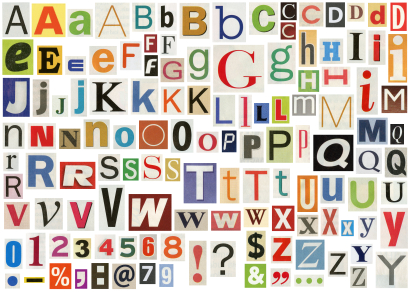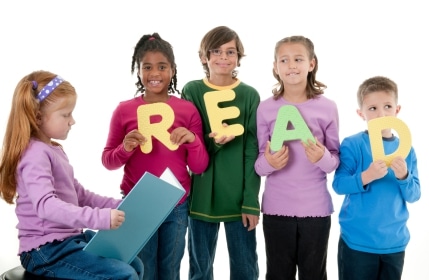ADHD, Dyslexia and IM Training
We often get questions on how to use IM with specific populations, how to work with the equipment and anything else that is causing our Providers headaches. Amy Vega, a fabulous SLP and our Clinical Education Director, is here to answer those questions from time to time. This time she actually tackles two important questions for Providers: Are there any specific strategies for using IM with individuals who have ADHD or Dyslexia? and How does IM compare to ADHD medication?
Featured in The Orange County Register News!!!

TUSTIN CHRONIC CONDITION CENTER

The Tustin Chronic Condition Center has incorporated a new software program called the Interactive Metronome. The software helps children who have ADD or ADHD, autism, dyslexia and learning disabilities. The equipment helps children with working memory, attention, processing information, sequencing information in order and motor coordination.
“Our new Interactive Metronome®helps us work with and improve the function of the frontal cortex. The fontal cortex controls things like impulsiveness and attention span, and it’s where the personality “lives”. It’s also where things like depression and anxiety are created, and for these children it’s the region in the brain that’s not working as well as it could be.”
Visit The Tustin Chronic Condition Center for the full details.
IM helps with reading skills
IM helps with reading skills
 One of the things that many of the parents of the children whom I have worked with have told me while we were doing IM sessions was that they noticed some type of improvement with reading. Some of these children had difficulty with reading and letter recognition from the start, and others did not, but improvement was still observed by parents or teachers.
One of the things that many of the parents of the children whom I have worked with have told me while we were doing IM sessions was that they noticed some type of improvement with reading. Some of these children had difficulty with reading and letter recognition from the start, and others did not, but improvement was still observed by parents or teachers.
Gift Ideas to enhance an IM program
Gift Ideas to enhance an IM program
 Are you looking for a gift for your child who is participating in IM sessions? Parents at our clinic ask me all the time what would be a good gift for their child. Something to enhance their therapy yet is fun. Below I’ve listed some games which can be found at the Wal-Mart, Target, Amazon or Toys R Us, so they are easy to find.
Are you looking for a gift for your child who is participating in IM sessions? Parents at our clinic ask me all the time what would be a good gift for their child. Something to enhance their therapy yet is fun. Below I’ve listed some games which can be found at the Wal-Mart, Target, Amazon or Toys R Us, so they are easy to find.
Cool Fonts For Dyslexia
Check out these cool fonts!
 ABC News recently posted an article by Carrie Gann, that talks about how some fonts could help people with dyslexia and other learning disabilities like APD and NVLD, better intake printed information. Christian Boer, the Dutch graphic artist who designed the font is dyslexic himself and fully understands the struggle that people go through when reading. Read the full article.
ABC News recently posted an article by Carrie Gann, that talks about how some fonts could help people with dyslexia and other learning disabilities like APD and NVLD, better intake printed information. Christian Boer, the Dutch graphic artist who designed the font is dyslexic himself and fully understands the struggle that people go through when reading. Read the full article.






